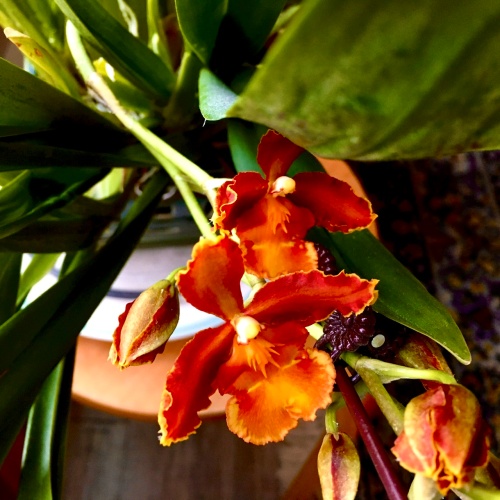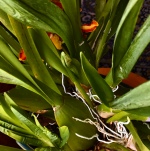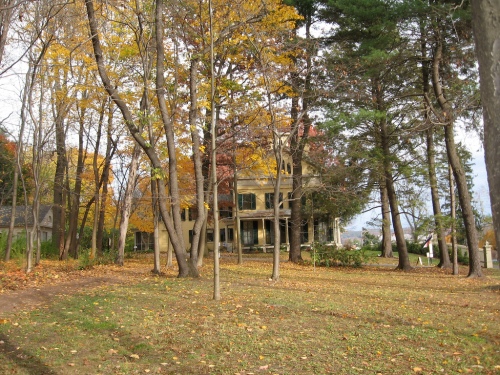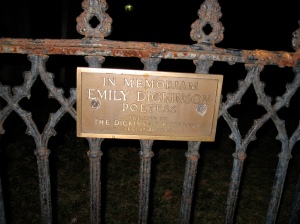
December Bloom, Minneapolis, Minnesota, iPhone Shots, December 24th, 2019, photo © 2019 by QuoinMonkey. All rights reserved.
On Winter Solstice, after two years of dormancy and a flirt with death, the orchid bloomed. The Pacific Sunspots was a gift from Liz on a birthday that crossed decades. I remember opening the wrapper on the deck of Indria, our little cottage. We have moved into an apartment now, simplified our lives. The blooms fill me with joy.
But I have grown lax in my practices. We had been toying with the idea of meeting friends in Santa Fe this winter and signing up for a haiku retreat at Upaya Zen Center. On Christmas Eve, all the pieces came together. Plane tickets were reasonable and there were still openings. Liz and I texted our friends who were driving home from Christmas Eve dinner. We booked our flights and registered — we three were the last to sign up before the retreat was marked Full. The hair stood up on the back of our necks.
On the day after Christmas (at the New Moon Solar Eclipse), I juggled bins in the studio to try to set up a workable writing space. One old box was full of practice notebooks from Taos writing retreats. I pulled one off the top. It was marked October/December of 2006. The detail was mesmerizing; I had forgotten all the insecurities that surface in silence. It can be painful to sit with yourself.
There was a color photograph tucked into a card of a wintry gate near the pigeon roost at Mabel’s. I studied the faces of Natalie, Maria, and the 21 people who attended the four-season Intensive that year. Some have become teachers and grandparents, retired, or moved across country. Many have published their work. Several have passed on to the other side. What happens to our art and writing when we die?
I went back through the notebook with a yellow highlighter and revisited the words I had written at a different time in my life. There were writing practices about a trip to Georgia, a pilgrimage with my mother to research ancestry. We searched cemetery plots in the rain and finally found the overgrown grave of her step-sister who died shortly after birth (I’d like to turn these into a finished piece). There were practices of dribble where I never dropped down into my body. They offered up a study of the crazy minute-to-minute thoughts that go on in one’s mind.
There were writing practices about the ghosts in Mabel’s room, the four-poster bed Dennis Hopper wanted to cut up with a chainsaw, the dogs and coyotes I heard roaming the Taos wilderness at night. In the paper margins were notes on bell ringing, mudras, zafus, and zabutons, and a schedule of the day trip to the plaza and the O’Keeffe museum in Santa Fe. There was scratchy handwriting, sometimes barely legible, of erratic emotions and thoughts that spill on to the page when we stop talking.
I had forgotten so much; and remembered everything.
I’m excited for the possibilities of 2020: photography and practice, completing finished pieces, attending the haiku retreat in Santa Fe. It will be hard to drop into the discipline I once felt at the core. I could fail, but I have faith. When you look back a decade at your younger self, the creeping roots that once clawed their way into rich, black earth searching for nourishment spring forward like orchid tendrils in the sun — fortified aerial roots.
We were required to keep a log that year of our practices, a daily reminder of the commitment to ourselves and our writing. I’ll leave that practice from the old notebook in the comments below, a reminder from the ghosts of December past: Continue under all circumstances. Don’t be tossed away. Make positive effort for the good.
Handwritten notes in my October/December 2006 practice notebook from dharma talks and one-on-ones with Natalie Goldberg. I am grateful for everything she has taught me. And for the community of artists, writers, and contributors who helped create redRavine. It is a place I can return to feel grounded.
- Follow the person behind you
- Everyone feels insecure. It’s just what happens when we sit.
- Rest. Make space.
- Don’t push. Let yourself be.
- Writing is manual labor of the mind.
- The best kind of structure should be organic.
- What can you be patient about? Make a list to remind yourself.
- Crash through what holds you back.
- Be willing to wait a long time for understanding.
- Show first. Then tell. Don’t give everything all at once.
- Don’t manipulate. Respect the reader. Slowly lead them where you want them to go.
- Read Siddhartha again. His total breakdown led to enlightenment.
- Push yourself to what you don’t know and make statements anyway. It pushes you into knowing.
- Sometimes you tell the writing. Other times, the writing tells you.
- You can’t just be a writer for a month. You have to be willing to go through the whole process, all of it.
- If you get stuck, go back to basics: I remember, I’m thinking about, What I see in front of me.
- Read Annie Dillard’s The Writing Life.
- Ride on the backs of the writers who came before you.
- You can’t read a poem enough times.
- Writing is about receiving. Sit still so you can receive.
- When you walk in the mist, you get wet. -Dogen
∞∞∞∞∞∞∞∞∞∞∞∞∞∞∞∞∞∞∞∞∞∞∞∞∞∞∞∞∞∞∞∞∞∞∞∞∞∞∞∞

















































